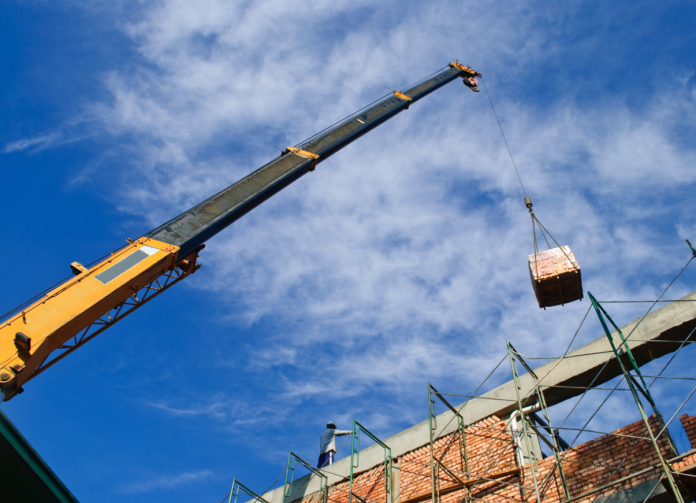Palletizers automate the creation of the unit load. Finished products, such as bags of concrete or cartons of milk, come down a conveyer belt and the palletizer stacks them on the pallet. It creates the first layer and then moves the pallet down. If needed, a divider is placed on top of the first layer and then another layer is put down. The process continues until 10 layers are made and then the palletizer shrink-wraps the whole thing to bind it together.
Palletizers increase the efficiency of the production process, but they must be programmed for specific package types and pallet sizes.
Two Changes You Need to Keep Your Pallet Manufacturer Informed Of:
To function optimally, the palletizer, the product packaging, and the pallet must all work in unison with one another. If there are changes to any of these variables, adjustment will be needed in order to ensure the stability of the unit load. Therefore, the pallet manufacturer should be notified when:
- A new palletizer is being used. Occasionally, customers will call wondering why the pallets are no longer working with the palletizer. Often times, after investigating, it’s discovered that a new palletizer is being used. The pallets that were used for the old model palletizer may not be compatible with the new palletizer.
- Whenever packaging is changed. If changes are made to packaging dimensions, or if the type of packaging used is changed, the pallet manufacturer should be notified. Sometimes, a packaging purchaser will get a good deal on some packaging that is different than what is typically used. The problem is that the whole system is set up to create a unit load using a specific form of packaging. The change in packaging changes the weight distribution on the pallet and if the system is not reconfigured to accommodate this change, then it may cause deflection. Deflection occurs when the weight is not distributed evenly across the footprint of the pallet, which can cause the leadboards to bow and possibly break.
A great way to avoid issues with the palletization process is to create clear communication pathways between the engineers designing the unit load and the purchasing department responsible for sourcing packaging materials and pallets. In addition, keeping the pallet manufacturer in the loop about these changes will allow them to constantly re-evaluate pallet needs. When one variable changes, adjustments are usually required to keep everything working smoothly and optimally.
